There are signs before an avalanche occurs. The snow under your feet may start to crack, slide, or sluff away. You might hear the snow collapse on deep layers, too weak to support your weight. Not to mention the public data, reports, forecasts, and warnings issued daily in most developed mountain towns detailing that specific snowpack’s weaknesses. In short, the mountains will tell you when you’re welcome and when you’re not. You just have to be knowledgeable, prepared, and humble enough to listen.
After taking an American Institute for Avalanche Research and Education (AIARE) level 1 course, I started to look at the mountains differently. The picturesque snow covered peaks printed on souvenir coffee cups and postcards transformed into a collection of slide paths, terrain traps, and epic ski lines. While avalanche education has been traditionally aimed toward backcountry skiers and splitboarders (a snowboard that is split down the middle to allow riders to walk up as if on skis, and reattach to ride down), avalanches don’t discriminate between sports endeavors.
Who Should Take an AIARE 1 Course?
As a backcountry skier, it only made sense for me to take an AIARE 1 course. The culture behind backcountry skiing in Salt Lake City expects it of you, and for good reason. The skills you learn in a level 1 class like the one I took from Utah Mountain Adventures (UMA) could save your partner’s life in the event of an avalanche. Snowshoers, hikers, and hunters, however, are frequently overlooked for avalanche education. My instructor told me he had a student that traveled to Salt Lake City from Boise, Idaho, because she couldn’t find an avalanche level 1 course that allowed snowshoers in her area. While it’s harder for these groups to gain avalanche education, it’s just as important for them to know the dangers.
In the 1990s snowmobile technology progressed so that stock machines could access the same terrain as skiers. As a result, there was an increase in avalanche fatalities particularly amongst snowmobilers. While skiers are intimately involved with the snow they’re walking on, snowmobilers are heavier and moving at faster speeds. Their riders can’t hear the goosebump-inducing whumphs that indicate a buried layer of snow compressing under their 500 pounds of deafening machinery. Avalanche centers scrambled to not only tailor avalanche education material to snowmobilers, but more importantly ingrain it into their culture.
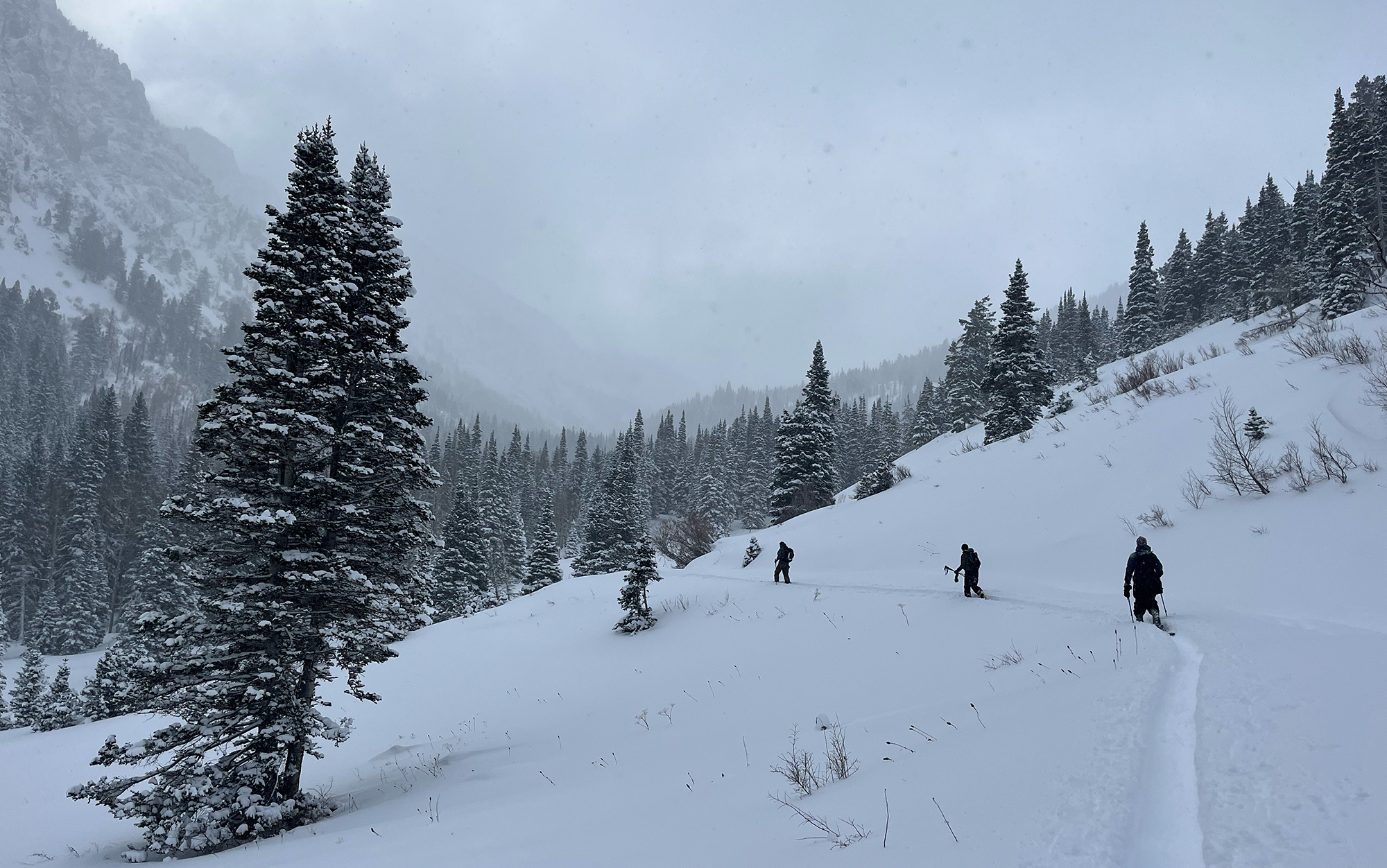
The bottom line is, if you are recreating in or passing through avalanche terrain, you would benefit from this course, regardless if you’re on a bike, wearing skis, or barefoot. What is avalanche terrain? In theory, it is a slope capable of avalanching, that is steeper than 30 degrees and holding sufficient snowpack. But if you’re standing on the perfectly flat ground directly below a 40 degree slope, there is no invisible wall that will stop literal tons of snow and debris from overtaking you in what’s called the runout zone.
Why Take an AIARE 1 Course?
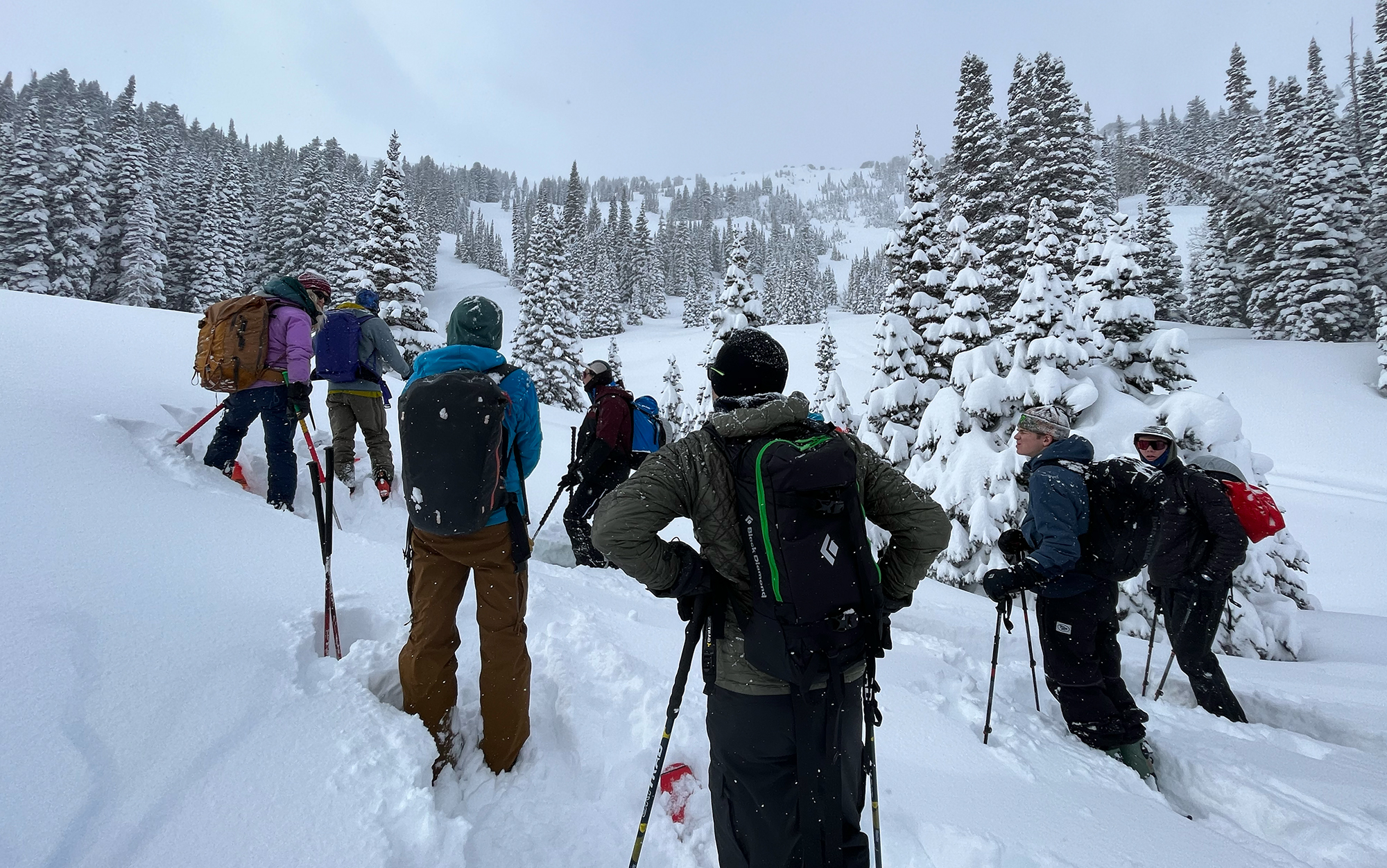
Another skier in my level 1 group bow hunts big game and said he’s felt uneasy stalking on steep slopes in deep snow. Getting formal avalanche education carries over to almost any sport, in more ways than one. Understanding slope angle, terrain traps (areas where an avalanche will have exacerbated consequences such as over a cliff or into a drainage), and snow science will only benefit you in all your snowy pursuits: snowshoeing, hunting, and even fishing.
Read Next: These Renegade Hunters Are Skiing into the Backcountry with Their Bird Dogs
But the most valuable part of the class is learning to make good decisions in the mountains. Bad decisions, usually a string of them, are responsible for most mountain accidents. Ninety percent of avalanches are triggered by humans. If you’re making mistakes in avalanche terrain, the margin for error is small, the consequences are dire, and you typically have no way of knowing if you made the right call, or not, unless something bad happens.
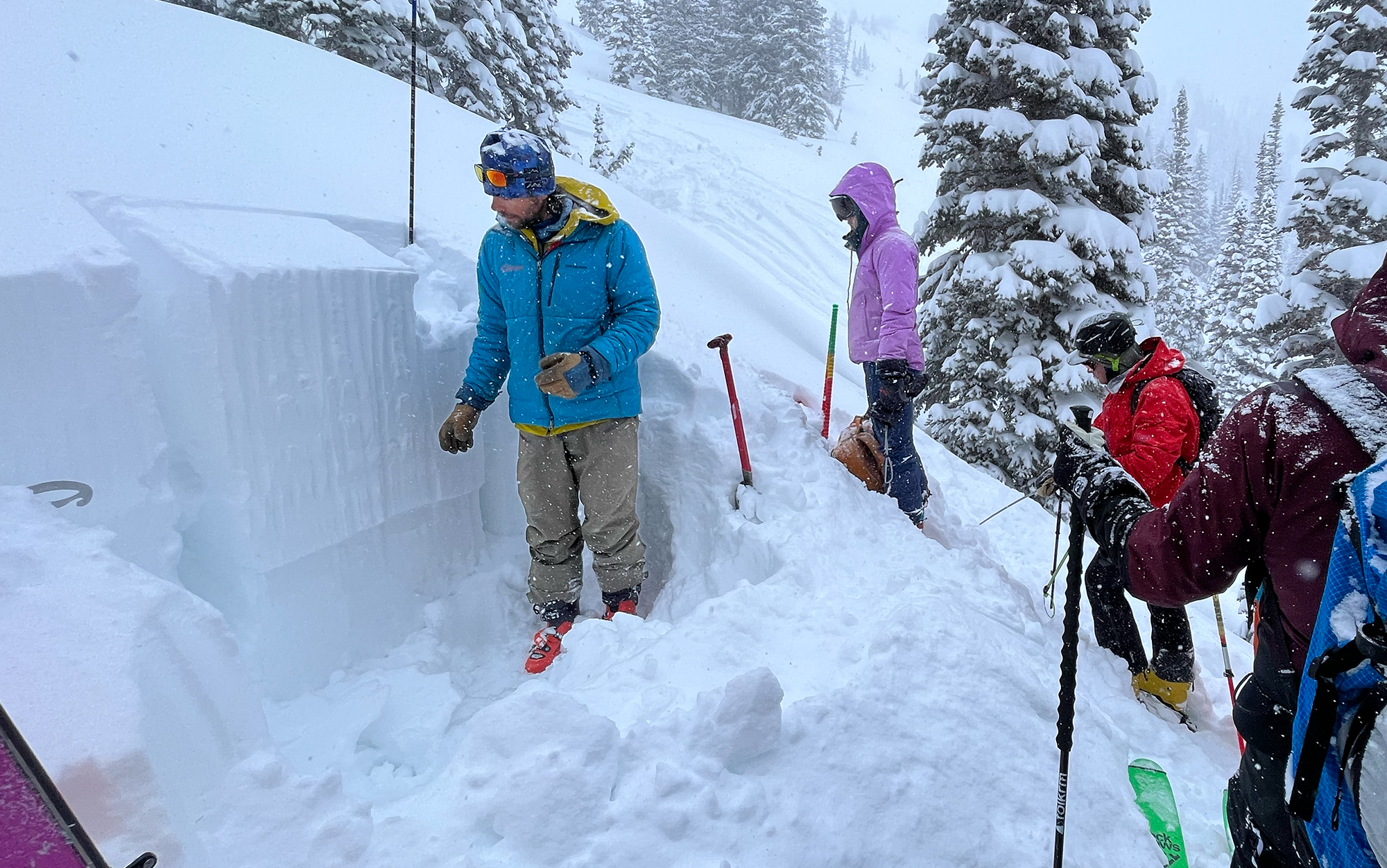
Avalanche terrain is a world of numerous variables, contradictions, and compounding human error. The most important variables to consider are snowpack, terrain, and weather. And they all revolve around the most likely trigger: humans. Many of the decisions you make in the wintry backcountry will revolve around these variables. Decisions take the form of checklists during AIARE 1 course work, but eventually the questions you’re trained to ask become second nature.
The Human Factor
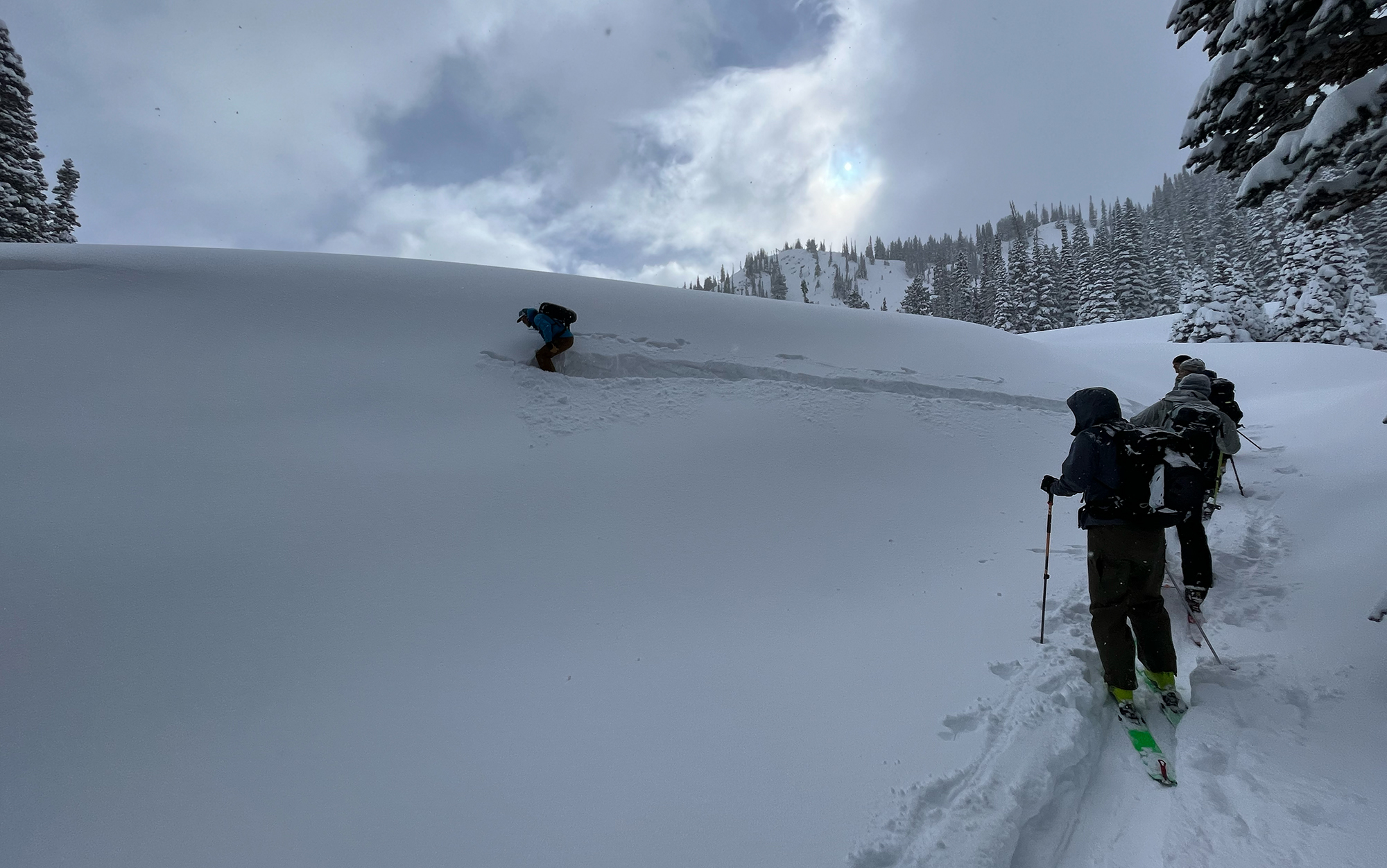
The avalanche awareness community is all about focusing on personal biases, communication, and group dynamics. These factors are integrated into course material and field sessions non-stop. This training works to combat powder fever, sunk costs, confirmation bias, and other flaws that can lead to bad decision-making.
Experts can be too confident in their abilities, and followers may be too unsure to say something. Most avalanche accidents happen on the first sunny day after a storm when people get antsy and disregard red flags.
“There’s untouched powder, right over there!”
“Well, we’ve come this far; we have to summit.”
“I’ve climbed this slope so many times, and it’s never slid.”
The fallacies involved in group dynamics and decision-making are endless, and it’s your job to recognize which ones are a problem for you, and which ones are a problem for your group.
What It’s Like Taking an AIARE 1 Course
While AIARE 1 courses are structured differently based on what company you take them through, UMA’s consists of two Zoom classroom sessions and two field sessions. Prior to our first three and a half hour Zoom session, they emailed out a gear and experience questionnaire, some suggested reading, and pre-course material, as well as a chilling six part New York Times article on an infamously tragic avalanche. The avalanche at Tunnel Creek in the Cascade Mountains involved a large group of ski industry professionals and resulted in three brutal fatalities. I’ve talked to people who told me they considered selling their backcountry ski kit after their AIARE 1 course, and I’m guessing this is why.
Honestly, I expected some scare tactics. If you haven’t gathered, avalanches are no joke and you can’t be wandering around in the mountains with no concept of the consequences. But, this article also served as our first case study into how the snowpack, terrain, weather, and, most importantly, human factors caused this accident.
The schedule was one evening classroom session, followed by a full-day field session and repeat. In class, we covered the basics of snow and avalanches: the different kinds and how, why, and where they run. We were taught how to read forecasts, plan our own excursions into avalanche terrain, and practice good decision-making. At the end of our first Zoom session, we were split into smaller groups for the field sessions.
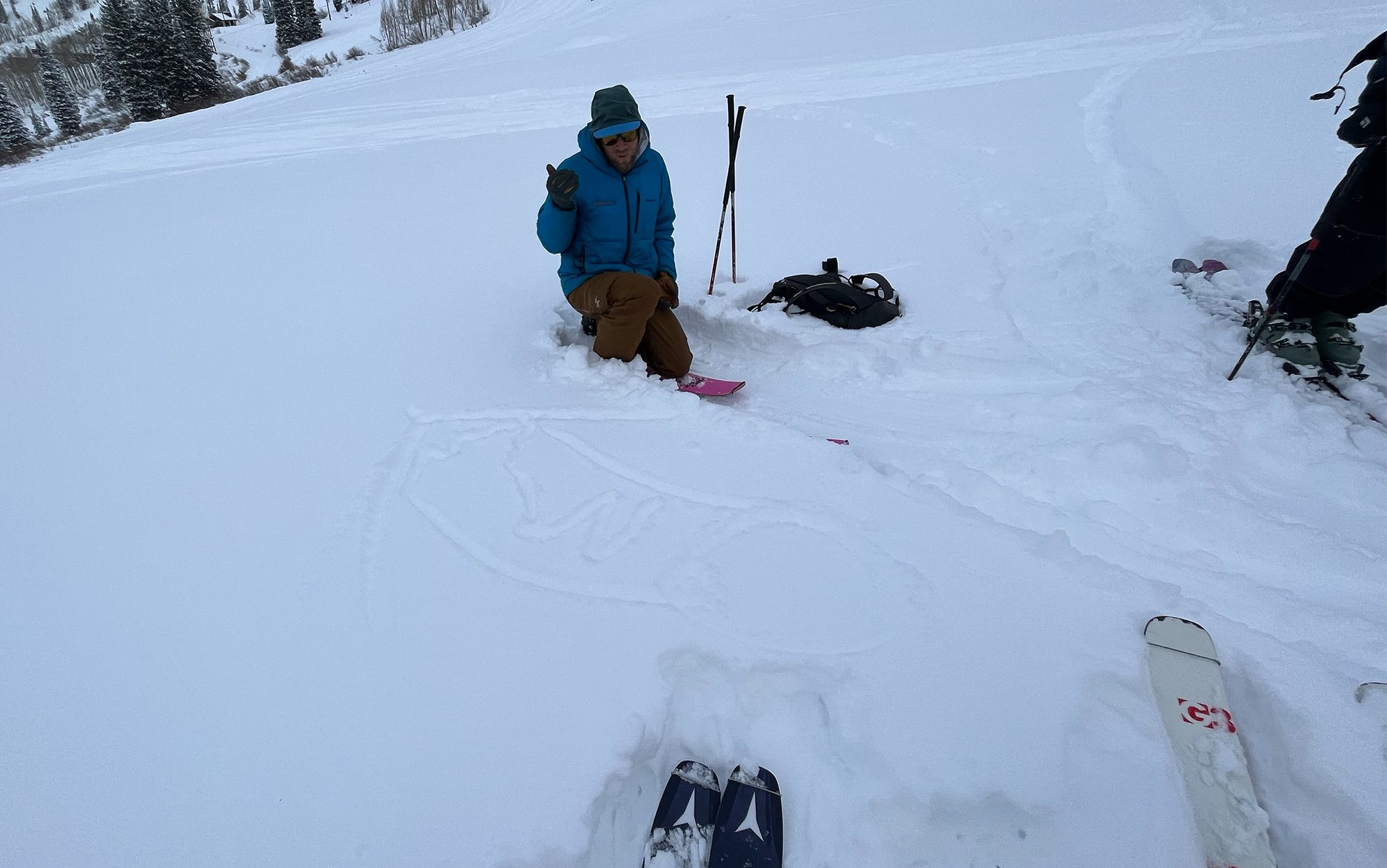
Our first full day in the mountains started with rescue practice where we took turns hiding beacons in the snow for our classmates to find using their transceiver, probe, and shovel. Then, we dug a snowpit and performed some stability tests to determine where the snow’s weak layers were hiding in that specific spot. Our instructor quizzed us on slope angle and terrain features throughout the day, and we got in some pow turns.
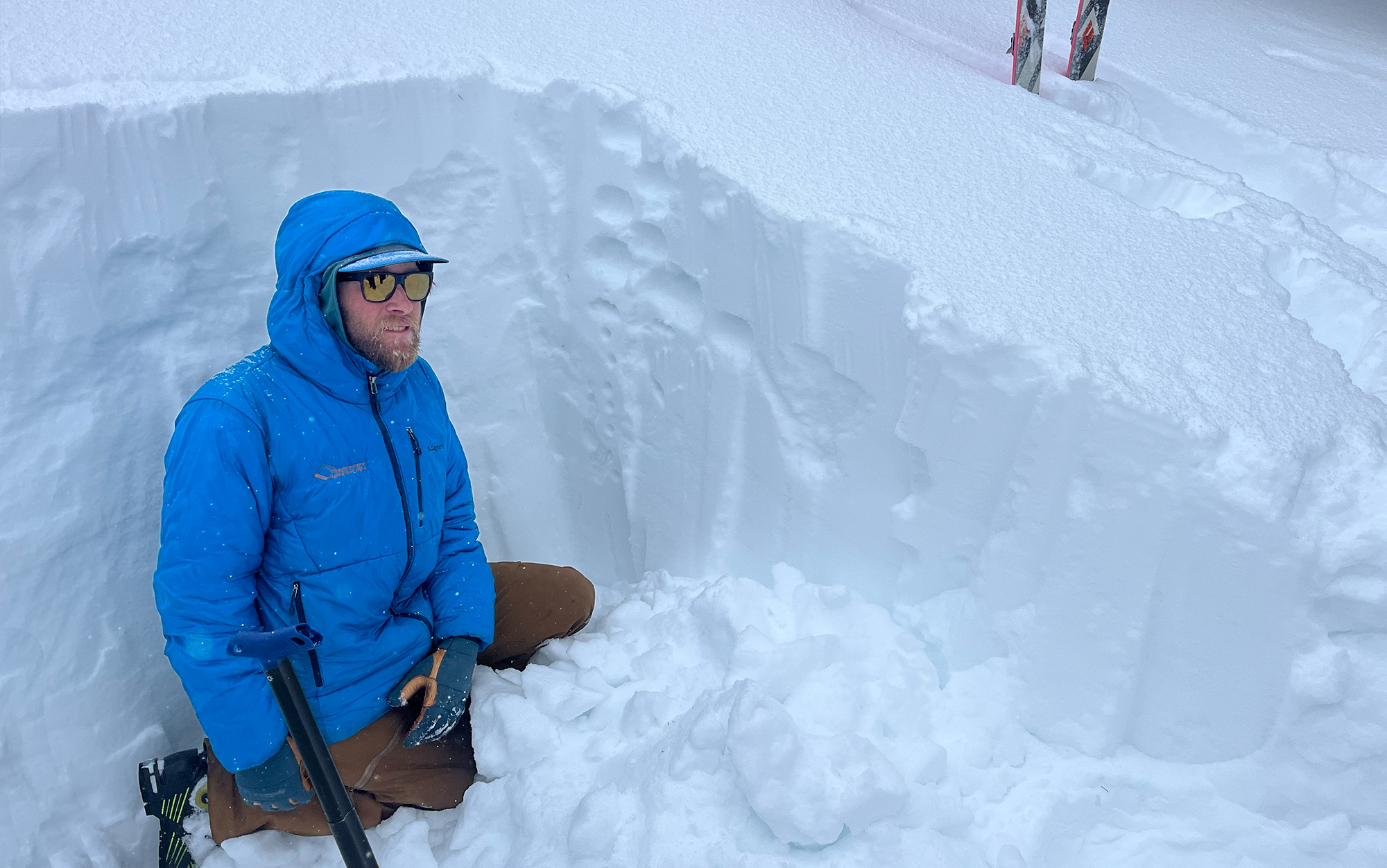
On the second day, we went to a new location to practice setting a skin track, group communication, and safe skiing techniques. We continued to talk about slope angle and terrain features and dug another snow pit to perform more stability tests. Because it was a high danger day, there was a lot to see. I highly recommend taking your AIARE 1 when there is a snowpack to investigate.
At the end of our final day, our instructor asked if we felt more comfortable recreating in avalanche terrain, and my group of five students all said yes. He shrugged and said it’s usually 50/50.
Understanding the Basics of Avalanche Rescue
Anyone recreating in avalanche terrain should be carrying three important pieces of rescue equipment: avalanche beacon, probe, and shovel. It’s important to have a winter backpack with specific safety tool storage for quick and easy access in case of an emergency. The avalanche beacon, or transmitter, is a device worn on a harness or in a designated pants pocket that you never take off when in avalanche terrain. A common local idiom is that you should wear your beacon “car to bar.”
When in send mode, your beacon transmits a signal that allows someone else with a beacon in search mode to locate you, even if you’re buried under the snow in the wake of an avalanche. Your beacon helps searchers locate you, but it is also the way you can find your partner, if they are the one buried. When purchasing avalanche rescue gear, remember who you’re buying it for: your friends and partners.
If a slide occurs, everyone above snow would put their beacon into search mode, as to not confuse the search with unnecessary pings from beacons in send mode that don’t need locating. Once you acquire the victim’s signal, your beacon’s screen will show an arrow indicating their direction and numbers showing their distance.
Once you’ve gotten the lowest possible number on your beacon, you’ve likely successfully located your partner’s beacon signal under the snow. Now, it’s time to take out your probe. The probe is a long collapsible pole that you stick into the ground in an organized and concentric fashion until you feel a body. Keep your area’s typical snowpack depth in mind when purchasing a probe. Here in Utah, the minimum recommended length is 270 centimeters.
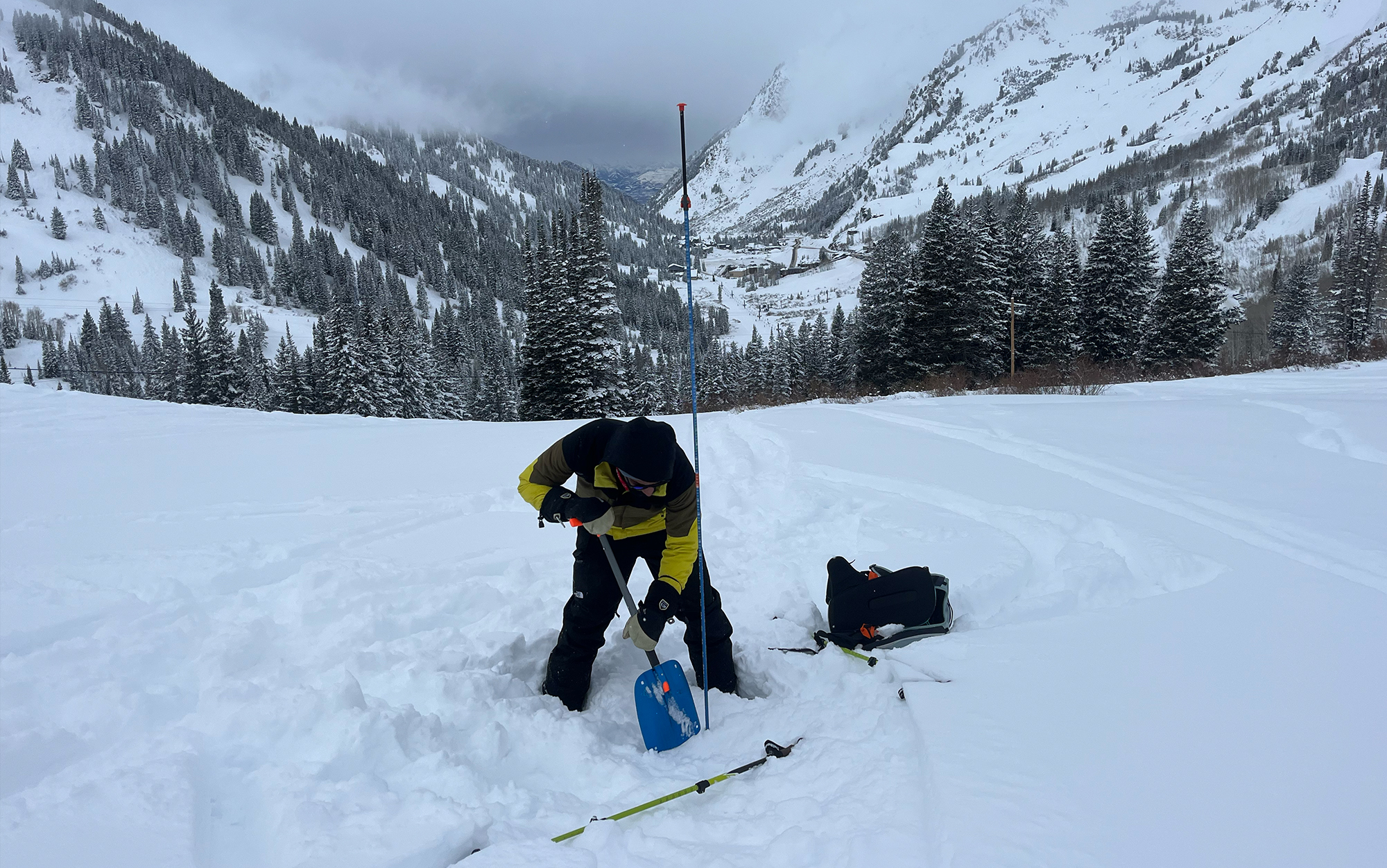
Next, is the most time and energy consuming portion of a rescue: digging. If your partner is 1.3 meters down, you will have to move 1 to 1.5 tons of snow to free them. The snow could be as hard as concrete with rocks and branches mixed in. Don’t buy a plastic shovel.
Final Thoughts on AIARE 1
Everyone recreating in avalanche terrain carries rescue equipment, discusses contingency plans, takes classes, trains and practices rescue techniques with friends and partners, and reads forecasts and observations every day. If you witness or trigger an avalanche, it is best practice to report it to the local avalanche center. Here in Salt Lake City, where the backcountry community is large and thriving, skiers post observations to Instagram as well and tag accounts dedicated to increasing the reach of our local knowledge. What other sports do you participate in where this is the norm?
The obsession with the worst possible case scenario in avalanche education is not because we expect to die or plan to cause an avalanche. The exact opposite is true. We practice unburying our friends, obsess over the danger ratings, and try to find weaknesses in the snowpack, so we won’t have to dig out a loved one (but could).
Instructors, books, and course work can only take you so far. One UMA instructor compared an AIARE 1 certification to a learner’s permit. The wisdom and humility to continually summit peaks safely in winter only comes with time and experience. Taking a level 1 avalanche awareness course doesn’t mean you won’t die in an avalanche. If you’re carried, something has already gone wrong in your decision-making process. An AIARE 1 certification just means you’ll probably realize where you let your emotions overtake evidence.
